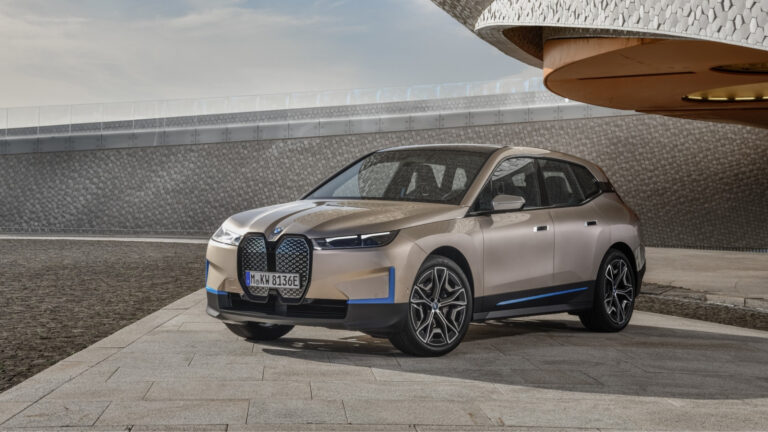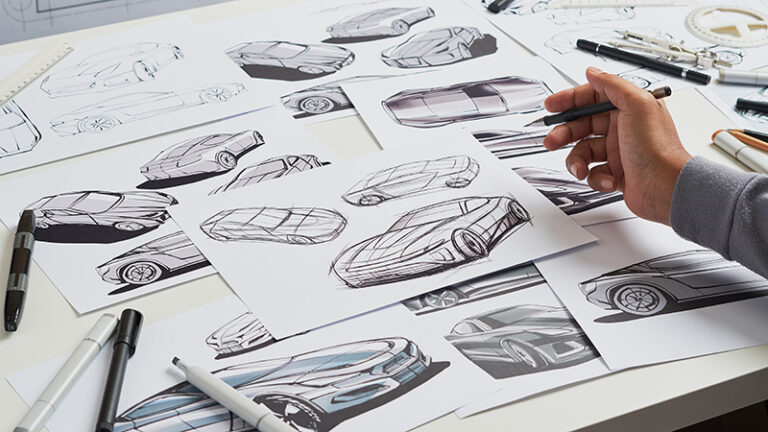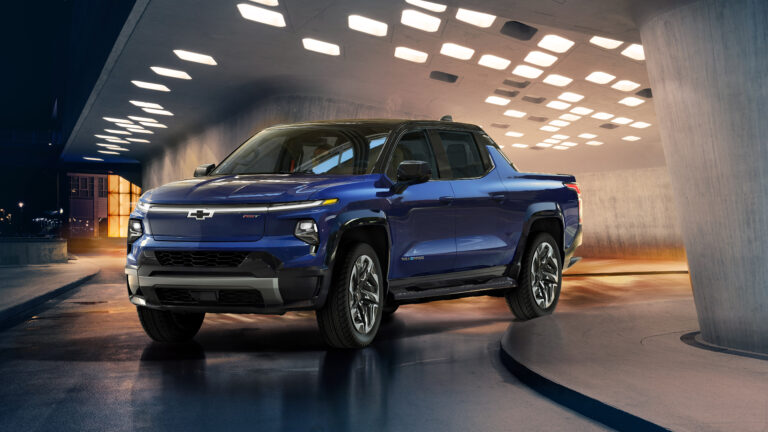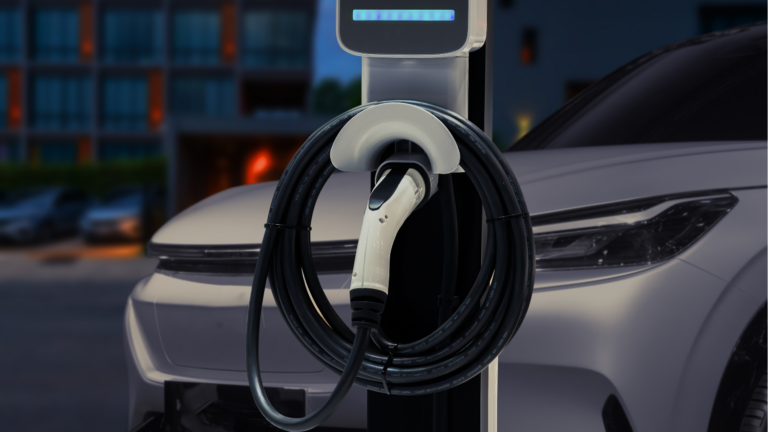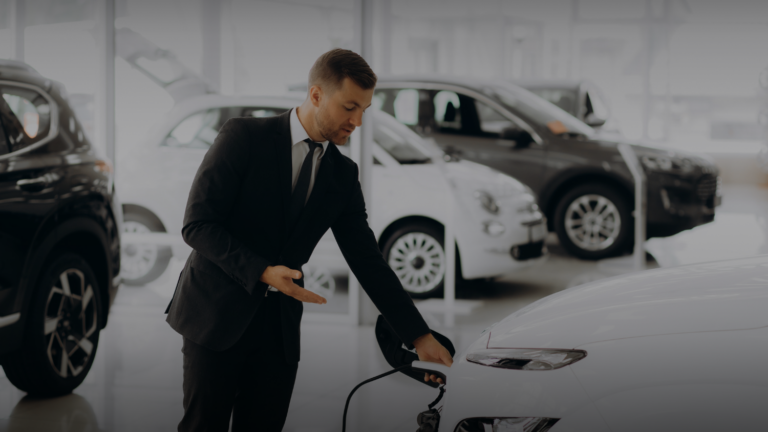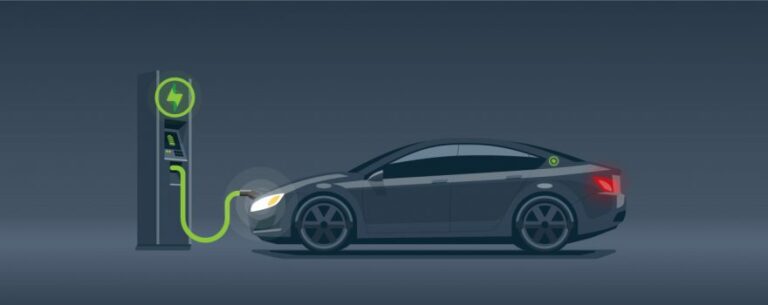
Catégories :
Five Electric Vehicles to Avoid According to Consumer Reports
2024-08-22 - Updated 2024-08-29
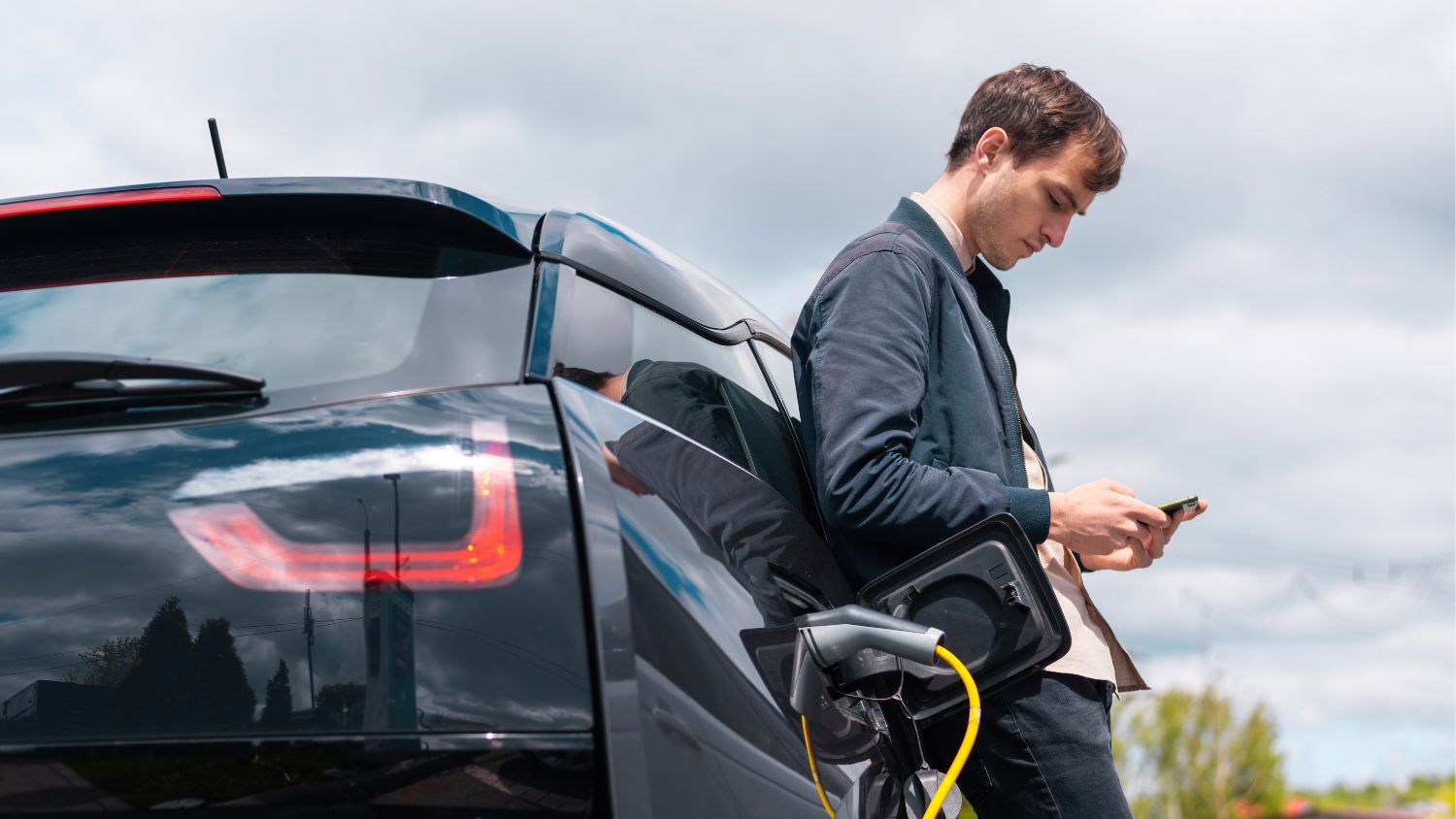
Electric vehicles are proliferating on the market, and the choice is becoming increasingly attractive to consumers. However, not all models are created equal; some prove more relevant.
Consumer Reports magazine analyzed the market to determine where the good and the not-so-good buys were. The group identified five models to avoid, for a host of reasons. For each, they came up with alternatives.
Let’s take a look together.
The models are presented by category, not necessarily from worst to least worst.
1 – Nissan LEAF
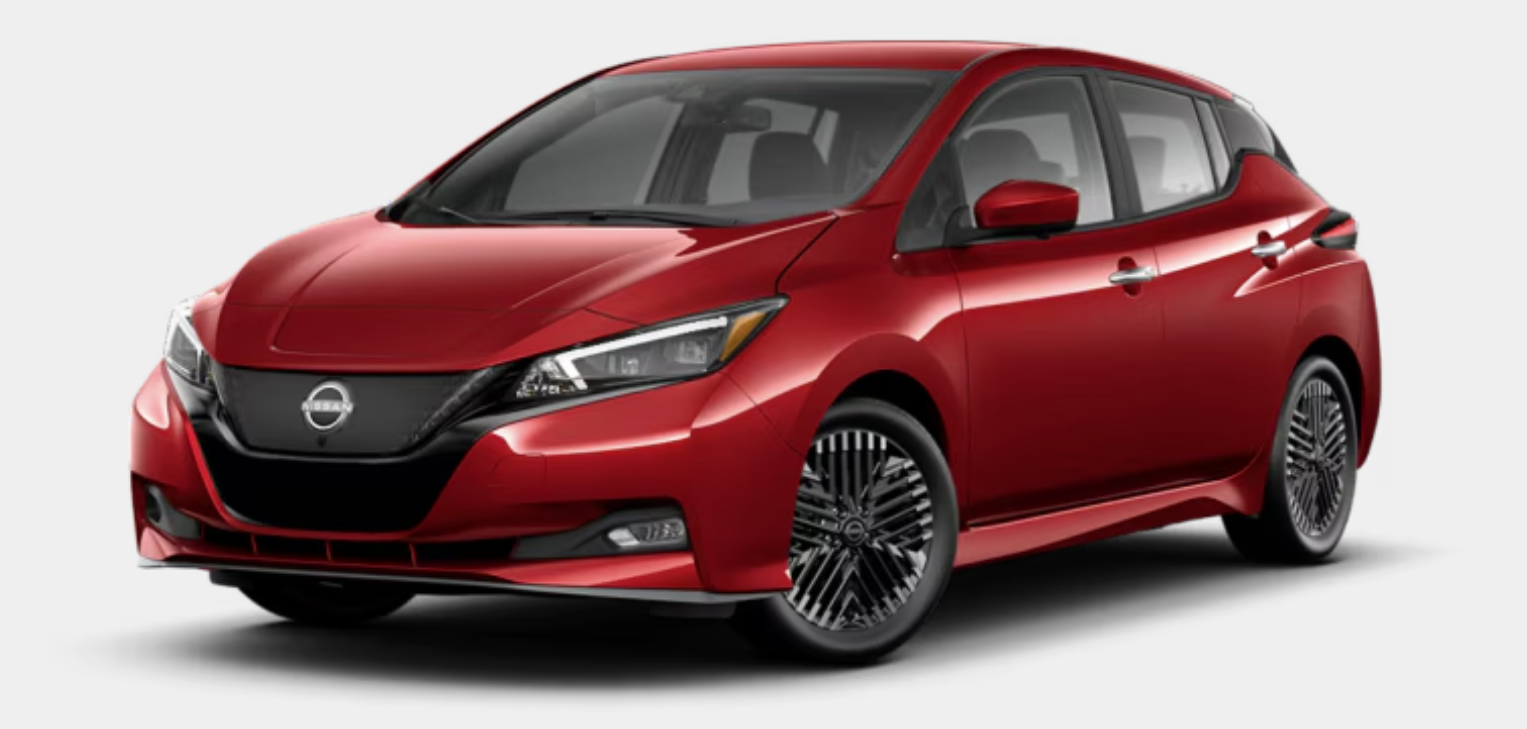
The Nissan LEAF was a pioneer among mass-market manufacturers when it arrived in 2011. When it was renewed in 2018, it also set new standards. Six years on, however, it’s more outdated. Its range is less, especially in base configuration (240 km), and DC fast charging is via an obsolete connection that isn’t compatible with most public charging stations.
Consumer Reports is harsh on the model’s driveability, but it’s not bad. The problem with the LEAF is that it has competitors today that it didn’t have six years ago.
Consumer Reports recommends a Hyundai Ioniq 6 or a Kia Niro EV instead.
2 – Polestar 2 2024
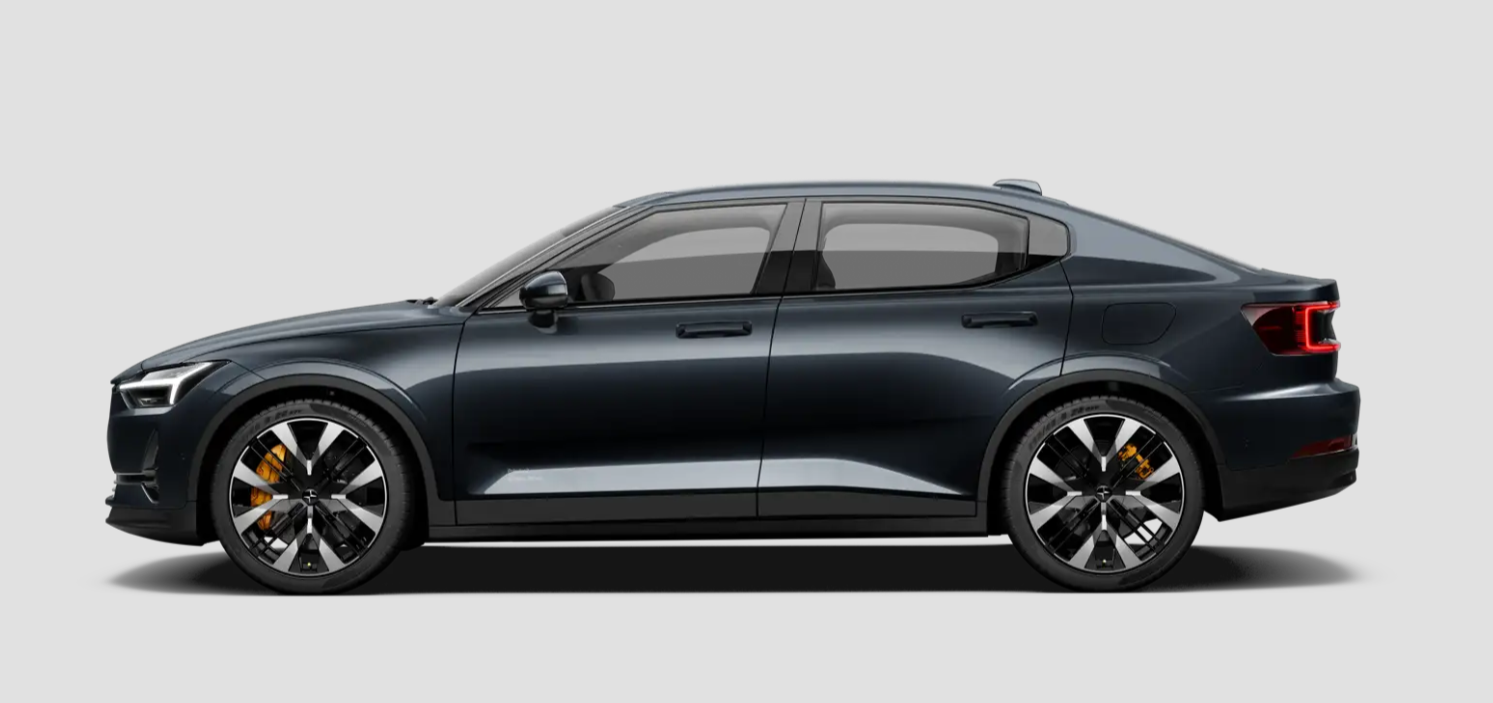
The second vehicle to appear on Consumer Reports’ list of non-recommended electric models is the second model launched by Volvo’s all-electric brand, Polestar. This product is based on Volvo’s XC40 SUV.
According to the magazine, the Polestar 2 is a high-performance vehicle and is relatively agile, but its handling is very stiff and bouncy. The interior presentation is plain and dull, and the optimum driving position is hard to find and not guaranteed for everyone. The rear seat is too cramped. Worse still, the Google-based multimedia system is a source of distraction rather than a facilitating tool, again according to Consumer Reports. Finally, the group points out the vehicle’s lower-than-average reliability.
In short, for all these reasons, the Polestar 2 finds itself on a less interesting list. As an alternative, BMW advises buyers to look at the BMW i4, or the Porsche Taycan, for those who can afford it.
3 – Volkswagen ID. 4
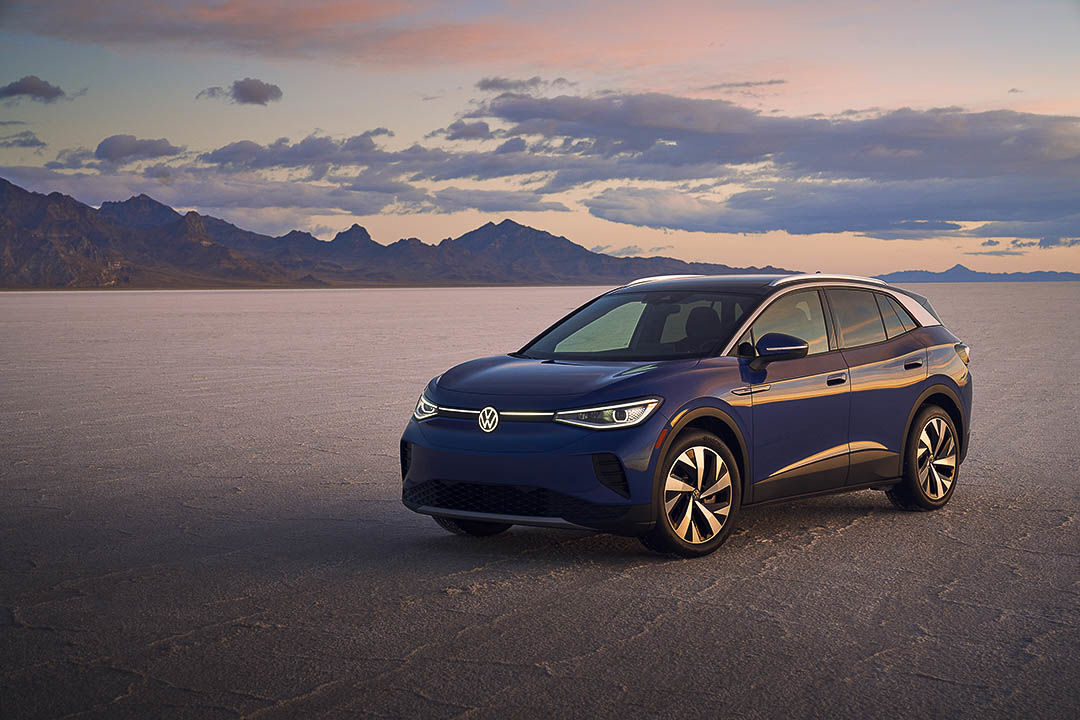
The Volkswagen ID.4 failed to convince Consumer Reports testers and reviewers in the two-row SUV category. They recognize that this model is powerful, quiet and spacious, but note that its multimedia system is slow to respond. When executing numerous tasks, several steps are often required. Its autonomy is also considered modest, but on this point, the real answer and judgment lies with the buyers. Reliability and owner satisfaction, on the other hand, are below average.
The good news is that there are alternatives in this vehicle category. Consumer Reports suggests two: the Kia EV6 and the Tesla Model Y.
4 – Rivian R1S
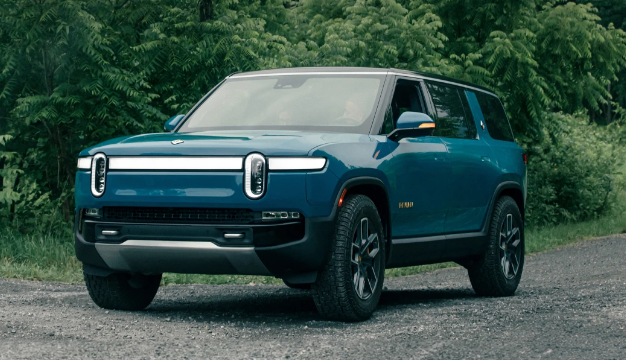
Regarding three-row SUVs, the Rivian R1S is singled out by the magazine. Its experts don’t criticize it for its level of performance, but rather for a host of other irritants. For example, the vehicle’s behaviour is nervous and less reassuring at high speeds. Worse still, its suspension is too stiff, while a whine from the electric motors is perceptible at low speeds, which is disappointing from a high-priced luxury model. The regenerative braking is also judged to be too powerful, making driving difficult.
Consumer Reports also notes that, although the interior layout is excellent, the controls are complex, as almost all tasks, including adjusting the air vents, force you to use the touchscreen. Finally, reliability could be better. In short, there’s still work to be done.
As for a more interesting model in this category, the group recommends another model; the Kia EV9, which is unanimously acclaimed.
5 – Mercedes-Benz EQE SUV 2024
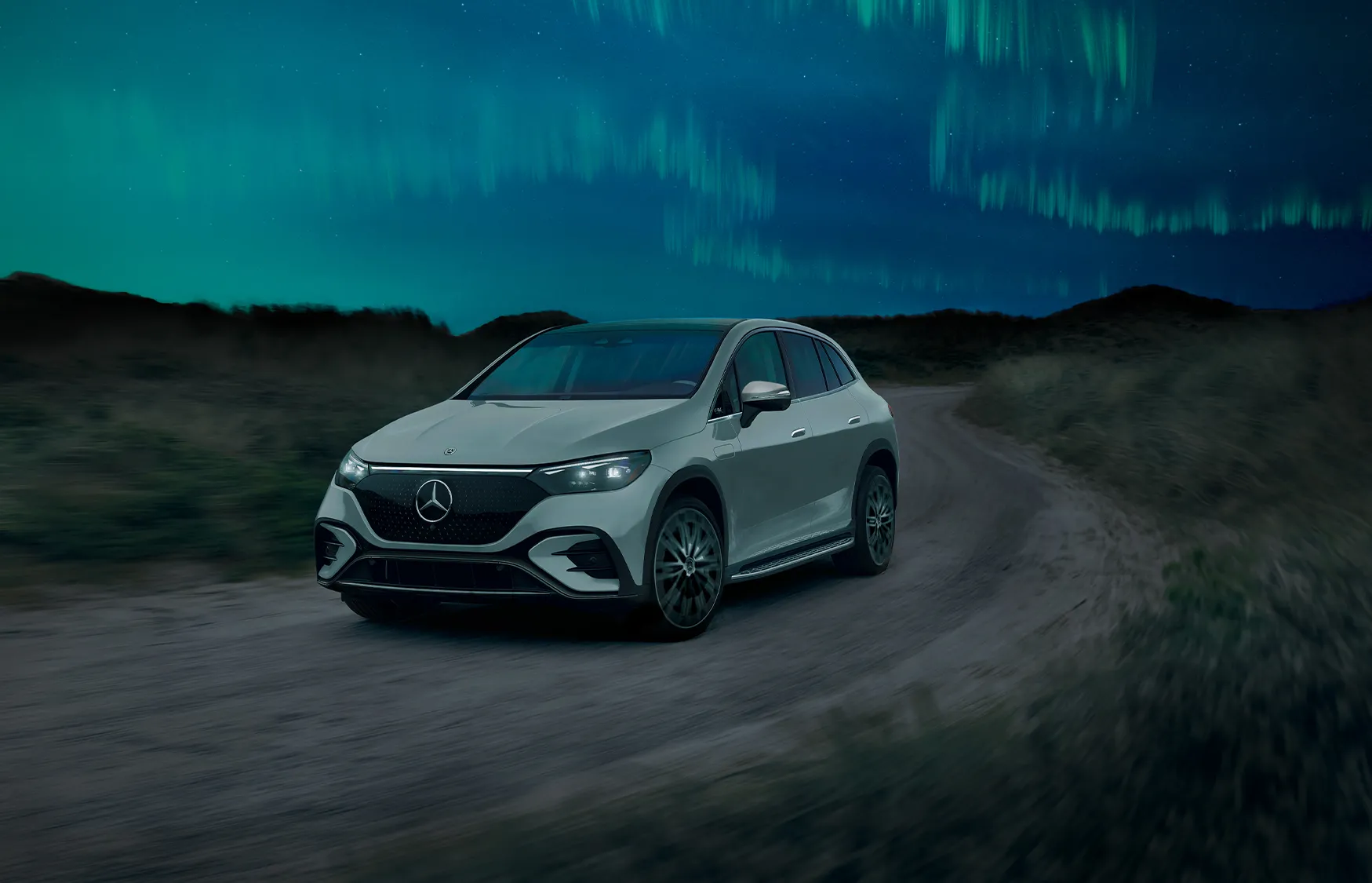
The Mercedes-Benz EQE SUV was introduced last year and has been on the road for a few months. This model is packed with quality, notably its smooth ride, build quality, and sound system. However, it does have some serious flaws, which have led to it being placed on an unenviable list by Consumer Reports.
Among other things, the magazine criticizes the rather low recharging power of 9.6 kW. This means that home recharging is slower than for other electric vehicles. Behind the wheel, comfort and handling are acknowledged, but controls are distracting and braking is harsh, with brakes that react sluggishly. The Mercedes-Benz brand’s below-average reliability also hurts its overall rating. And Consumer Reports doesn’t mention its weight, which is so imposing as to spoil the experience behind the wheel!
For a more effective solution, Consumer Reports recommends the BMW iX and the Audi Q4. We have some reservations about the latter, as owners often express their disappointment with it.
A food-for-thought list
Nonetheless, Consumer Reports’ rankings give us food for thought and get us talking.
We often present you with the best options, but this time we thought it would be interesting to present you with the other side of the coin: the electric vehicles to avoid. We also remind you that this is a ranking based on tests and analyses carried out by the renowned magazine Consumer Report.
While the popularity of electric vehicles continues to grow, it’s always wise to take expert advice before making a choice. The Consumer Reports report highlights some of the shortcomings of the models presented, while offering alternatives better suited to consumers’ needs. With these recommendations in mind, you can make an informed choice and take full advantage of the benefits an electric vehicle can offer. After all, a thoughtful purchase is an investment in a greener, more sustainable future.

